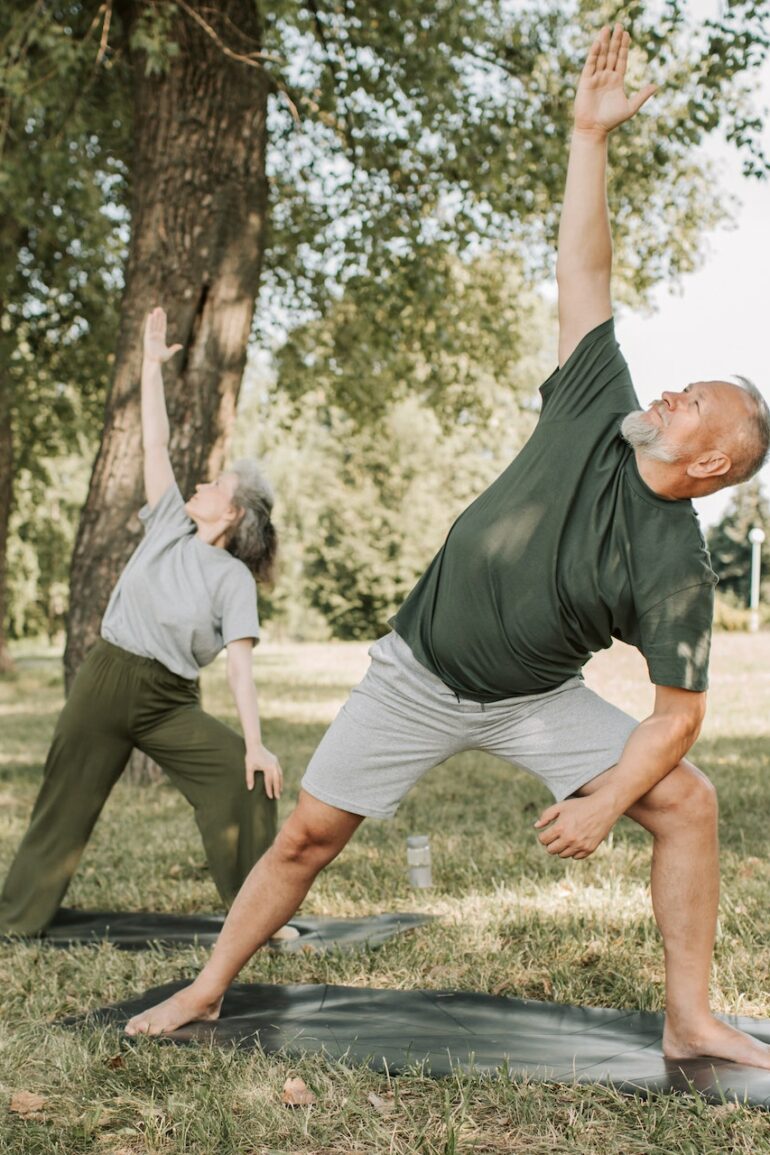Table of Contents
Selecting the right seeds: Typically, seeds can last for as long as one to two years. While organic seeds may cost more, you will want to use organic seeds rather than GMO seeds whenever possible. Also, look into valuable heirloom seeds that can produce rich harvests and a great variety of produce.
Start your seeds up to six weeks before the last frost. You can start them indoors if necessary. Planting them in individual pots or even reused materials, such as egg cartons, will give you ample foliage to work with during your garden.
Also, try to plan the type of seeds you plant according to the growing season in your region. While it might take a little bit of research, you will be able to plan ahead and plant according to the season and weather. This helps guarantee the likelihood of a successful harvest.
Planting from transplants: If you haven’t got the time or resources to sprout seeds, transplants are another viable option. There are a few methods to acquiring transplants. You can get fully grown plants with root stocks at many nurseries and garden centers. Additionally, you can take cuttings from mature plants and root them. After they have grown roots, you can put them in soil and plant them.
When you use transplants, it eliminates the waiting time that you may have when you are planting from seed. You also will know for sure the viability of the plant.
Garden Planning: Taking an afternoon to sketch out your garden and plan it can give you a great idea of the amount of space you have. Take into consideration companion planting, and research which plants grow well together. Also, you can make good use of ground covers or root vegetables along with herbs in the spaces where perennials are growing. Organizing your garden by type also can be aesthetically pleasing and functional. For example, having an area for brassica and other greens, and an additional herb garden or flower area. Some gardens have a more relaxed organizational style.
Gather your tools: You will need different tools to make the most of your garden. For example, a temperature and humidity sensor will be perfect for use in the greenhouse. You’ll also need things like shovels, spades, and pots in order to organize your garden. A rack to put all of your pots on also creates a functional and comfortable space to do your gardening.
Making good use of creative beds and trellises in your planning can take your garden from good to great. Don’t be afraid to explore and be inspired by other garden plans and videos.
Soil preparation: Using well-drained and healthy soil is one of the key elements to a great harvest. Mix in organic compost with it, preferably from your own compost pile. Another option is to make use of local, native worms or worm castings for a good quality fertilizer. Additionally, elements like hugelculture, or mixing wood in to help conserve water and contribute organic matter, can help to improve the fertility of the soil year after year.
Make use of light: Be sure to observe your garden area and know which areas receive the best light when. Certain plants do better in full sunlight while others prefer shade. Mapping out your garden based on the light helps you to get a great harvest.
Water Source: Water is also one of the key elements to a successful garden. Be sure to have an irrigation system in place and a plan for how to meter your water usage. Too much water and the plant could rot, too little water and it will dry up.
Space Availability: Plants need the right amount of space to thrive. There are many ways you can maximize the space in your garden. For example, creating mounds is one way to give additional vertical planting space. You can plant on top of the mound as well as on the sides. Planting trees or perennials too closely can affect their ability to produce fruit, so be sure to monitor and measure when you are planting. You may also need to prune discerningly to help give the strongest plants the ability to survive.
Accessibility: Use the space around the garden to the best of its abilities. Be sure to incorporate factors like raised beds or pots to get the best accessibility out of your garden.
Rotate Your Beds: Letting certain areas rest during planting seasons is standard practice when you’re gardening. Plan ahead and see which areas you can rest and which ones need to be used.
By considering these factors, you can select a location that provides optimal growing conditions for your plants, setting the stage for a successful garden.
Aging is associated with declining mobility and daily functioning
Coming out is a complex, personal process that happens
If you’ve had skin cancer and have recently undergone




